Without sales, you can’t have a well-oiled business that brings in revenue.
It’s simply not possible. But sales is far from easy. You don’t just pick up the phone and rake in the cash.
According to a recent study, sales prospecting has only gotten more difficult. “Getting a response from prospects” and “closing deals” rank in the top three challenges for sales professionals.
What does this mean? Sales prospecting is more important than ever before.
Perfecting your sales prospecting requires a better lead generation, better outreach, and better closing.
And by choosing the best CRM software, you maximize your potential to do just that.
Here is the no-nonsense guide to closing more leads with CRMs.
Why a CRM Dominates for Sales Prospecting
Closing sales is all about personalization.
If you want leads and prospects to become customers at a low customer acquisition cost, you need to personalize everything from outreach to interactions to the final offer itself.
If you are providing generic value, you are probably failing to close sales.
Let me give you an example: you have a prospect who works for a large software company meant for real estate agents.
You want to sell them on your tool that can help them land more clients.
How are you going to position your proposal to interest them most?
-
- Using our tool you can monitor close rates of real estate agents in your local area to perfect your outreach.
- Our outreach tool will help you land more clients.
The first one. Why? It’s personalized to them specifically.
The problem is, this becomes nearly impossible to do without a CRM.
Why? CRMs keep track of valuable data that otherwise is nearly impossible to pinpoint.
There are millions of blog posts published per day. There are 2.62 billion social media users worldwide who each have multiple accounts, touching dozens of sites in a single session.
Keeping tabs on this without a CRM is virtually impossible.
Data like sales intelligence brings all of this together using AI to keep tabs on your prospects and everything that interests them, from social trends to pages visited on your site and more.
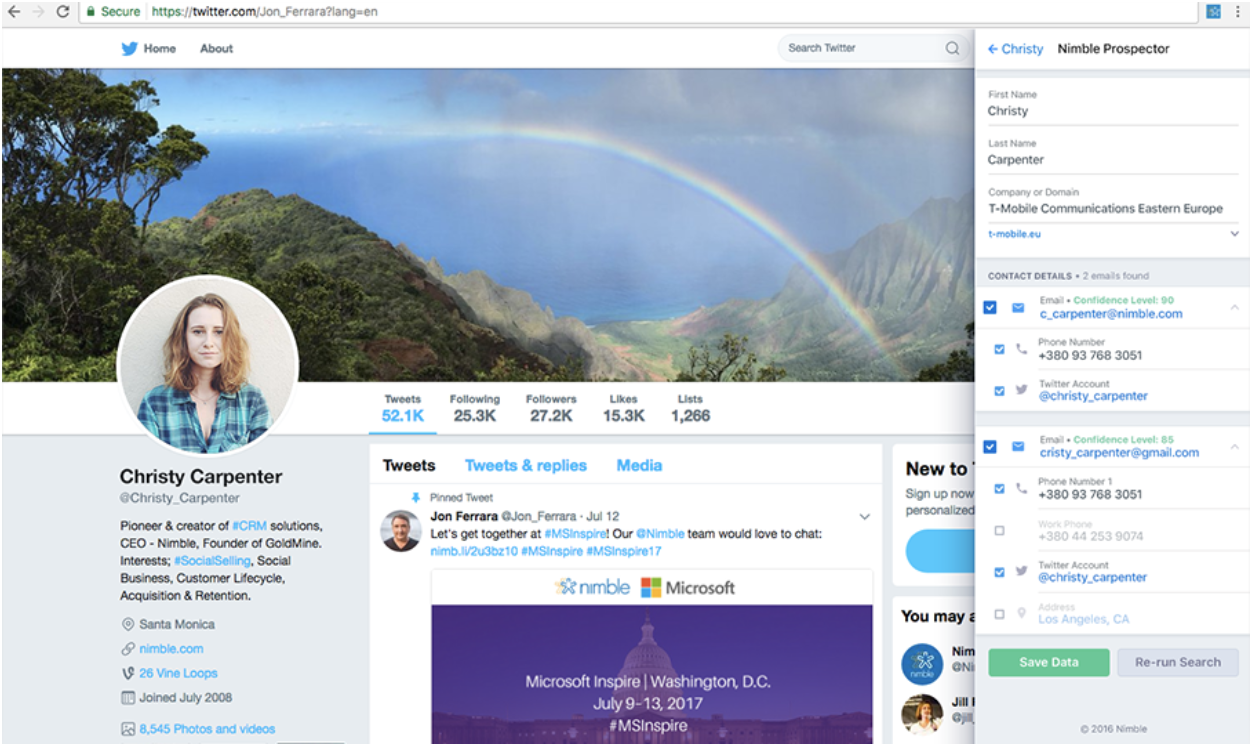
This, in turn, helps you deliver more customized, personalized messaging based on the highly specific needs of a given individual. Using this approach, in tandem with social media scheduling tools to get ahead of your calendar is the best possible approach.
Want to close more deals? Here’s a four-step plan to do just that using a CRM.
Step 1. Conduct Lead Scoring to Prioritize Efforts
Identifying top-quality leads and prospects is ranked as one of the hardest sales challenges:
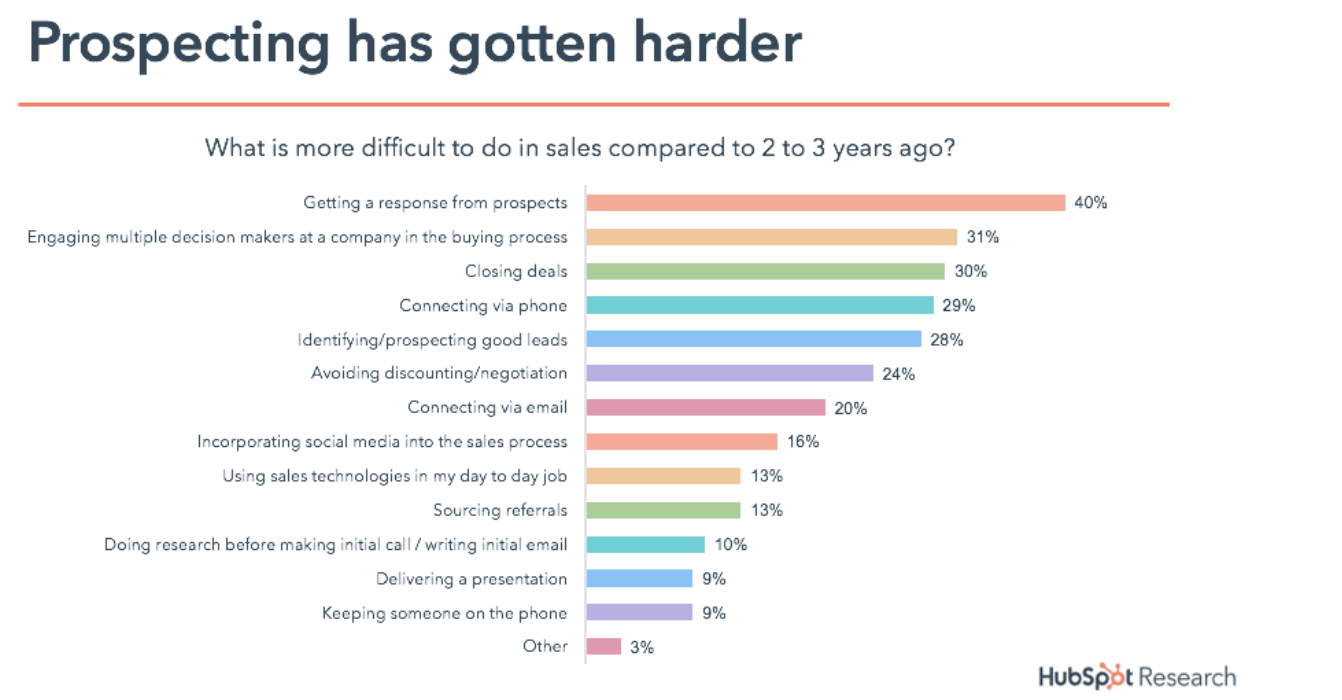
And this problem stems from the marketing tactic we’ve all come to know and love:
Inbound marketing.
Inbound marketing is great, don’t get me wrong. But it also produces big side-effects that many marketers and sales professionals have to overcome.
For starters, inbound marketing brings in tons of horrible traffic and leads.
It’s why conversion rates for your online forms are so low. Most of your traffic will never convert and there is almost nothing you can do about it.
And as you scale, this problem only becomes worse and worse.
Inbound is fantastic at lead generation, but it also requires far more time and effort to sort the good leads from the poor leads.
This is where lead scoring comes into play. Lead scoring is assessing your current list of leads and targets to see which are most suited for your product or service. The higher the score, the better.
What factors into scoring? Things like how often they visit your site. For example, how active and engaged they are with current content on your blog or messaging that you’ve sent them in the past: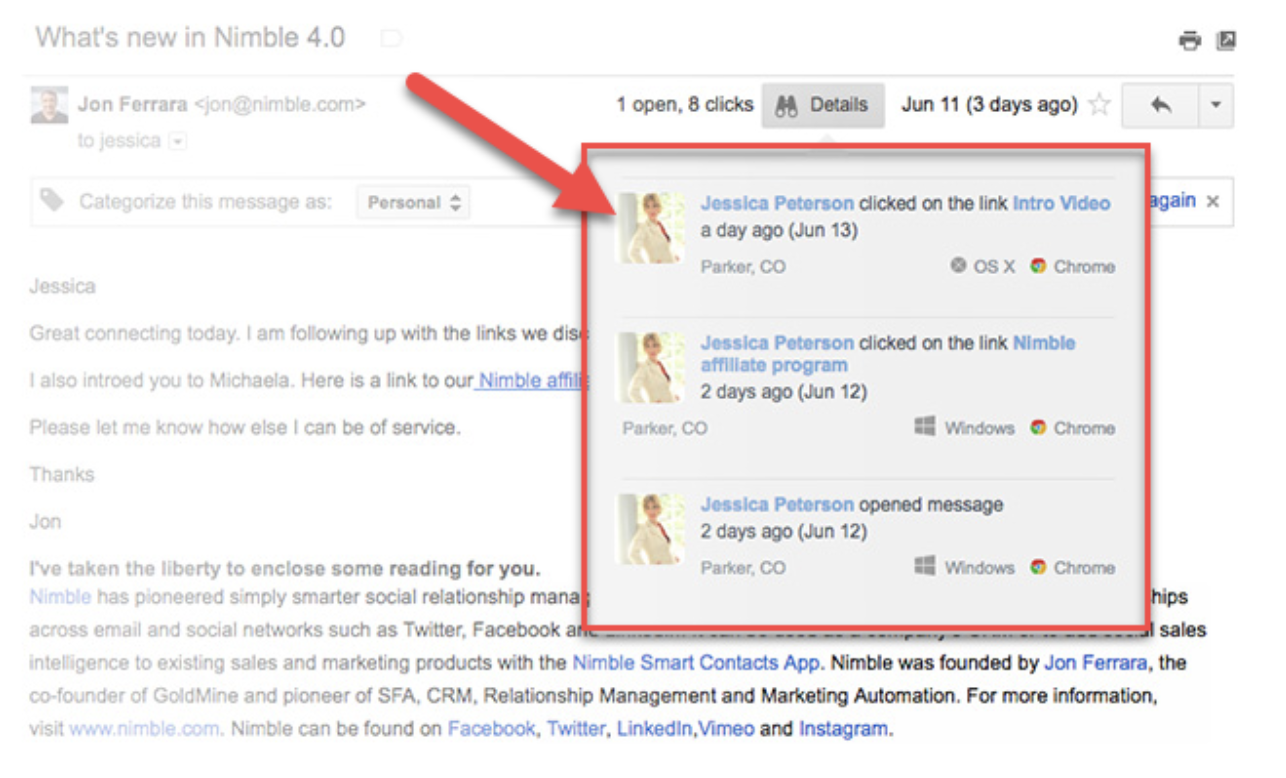
Using a CRM, you’ll be able to monitor this information. Without it, you are playing a guess and check game.
On your dashboard, you can start to analyze key factors about high-level prospects. For example, what specific messages resonated with them? Which didn’t? What pages did on your website did they visit? How many times have they returned and how often?
Conducting this process helps you sort the top-tier leads from the generalized leads. The leads that potentially could skyrocket your revenue in days, weeks, or months. Leads that you literally can’t afford to lose.
Trying to manage 1,000 low-quality leads is a fool’s errand. Start by focusing on leads that are engaged and aware.
Next, make sure that your CRM system is synced with your website. Whether you’re using Wix, WordPress, or another one of the hundreds of website builders, ensure that you pick a platform that can sync with CRMs and other apps easily. You need to install a website pixel for both Google Analytics and CRM software to track user behavior from your list. Finally, based on this information, you can start to develop the right outreach ideas needed to get their attention and push them down the funnel.
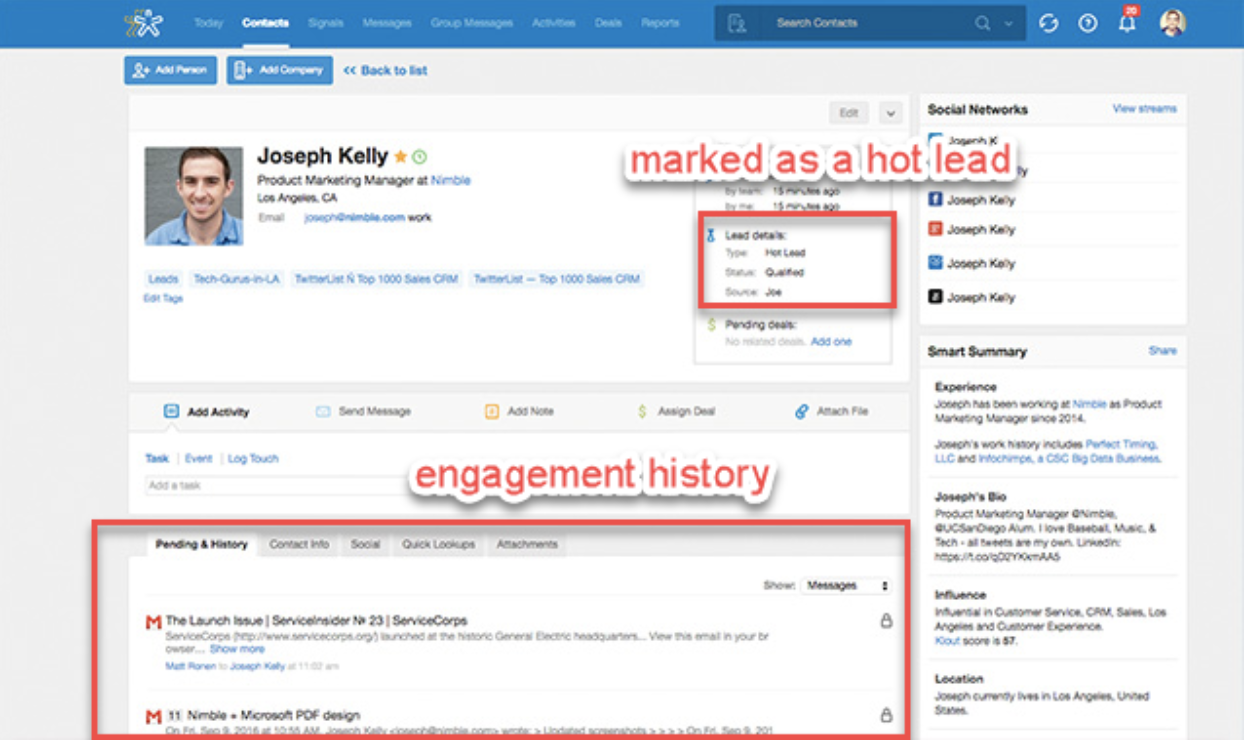
Then, you can start to develop the right outreach ideas needed to get their attention and push them down the funnel.
Here is how.
Step 2. Develop Outreach Plans
Now that you have scored your leads and ranked them based on potential, you can develop outreach plans that will surely get the attention of your prospects.
Where do you start?
The first step you should take is determining how “warm” or “cold” a given lead/prospect is.
This will determine what outreach will be effective.
For example, someone who just signed up for your email list is likely brand new to your company and maybe has only engaged with your site a few times.
They might not be ready for a phone call or webinar, but they may be interested in a detailed report on your industry. After all, email is one of the top 3 most influential sources of information for B2B audiences (after their personal network and industry thought leaders).
Here are a few good outreach plans based on the engagement level of prospects in your CRM:
Cold prospects (1 or less engagements): lead magnets like infographics or templates they can use to improve their business.
Medium prospects (2-4 engagements): Webinars or podcasts, reports, case studies.
Warm prospects (5+ engagements): presentations, sales calls, exclusive content.
Another effective method is to do competitor research. Fire up a tool like SpyFu and research your top five competitors:
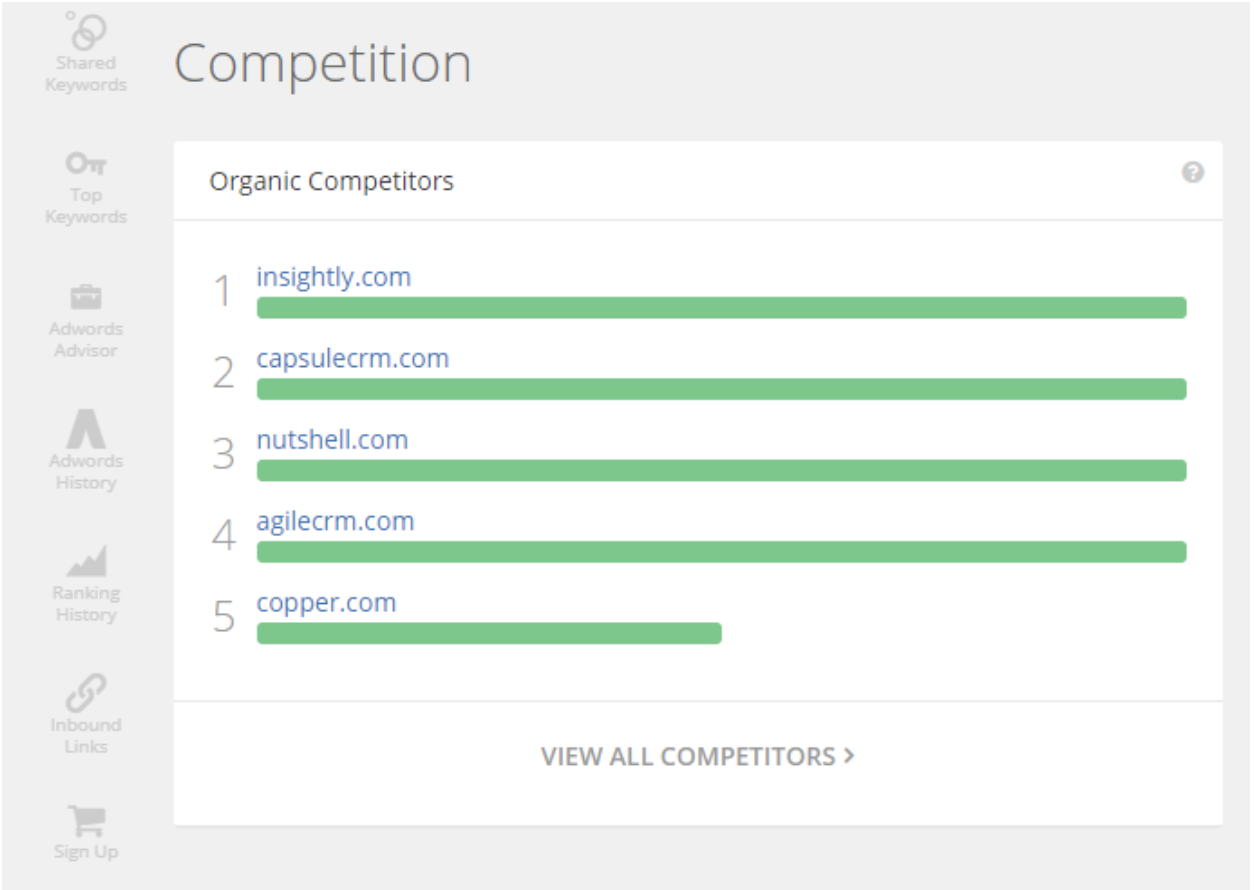
Start to analyze what lead magnets and outreach tactics they have. You can then use these as base-ideas to improve upon in your own outreach.
Within your CRM, start tracking how these outreach emails perform. In your CRM, you can track their success on the deals pipeline. This gives you a high-level overview of what stage each prospect is in with your outreach:
So instead of trying to manage all of this on spreadsheets and finding the last date you emailed someone in your sent inbox, you can manage it from a single spot and focus your efforts on the right leads.
From here you can manage each individual lead and how they responded to your outreach, too:
Do they have a poor CTR on a given outreach idea? Assess whether it was due to an offer mismatch based on their lead score or if you failed to personalize the offer enough. Or, if you just aren’t sending good enough emails.
Say goodbye to lost leads from bad outreach.
Next, it’s time to get prospects on the phone.
Step 3. Get Prospects on the Phone
The most successful sales channel for closing deals is time and time again on the phone:
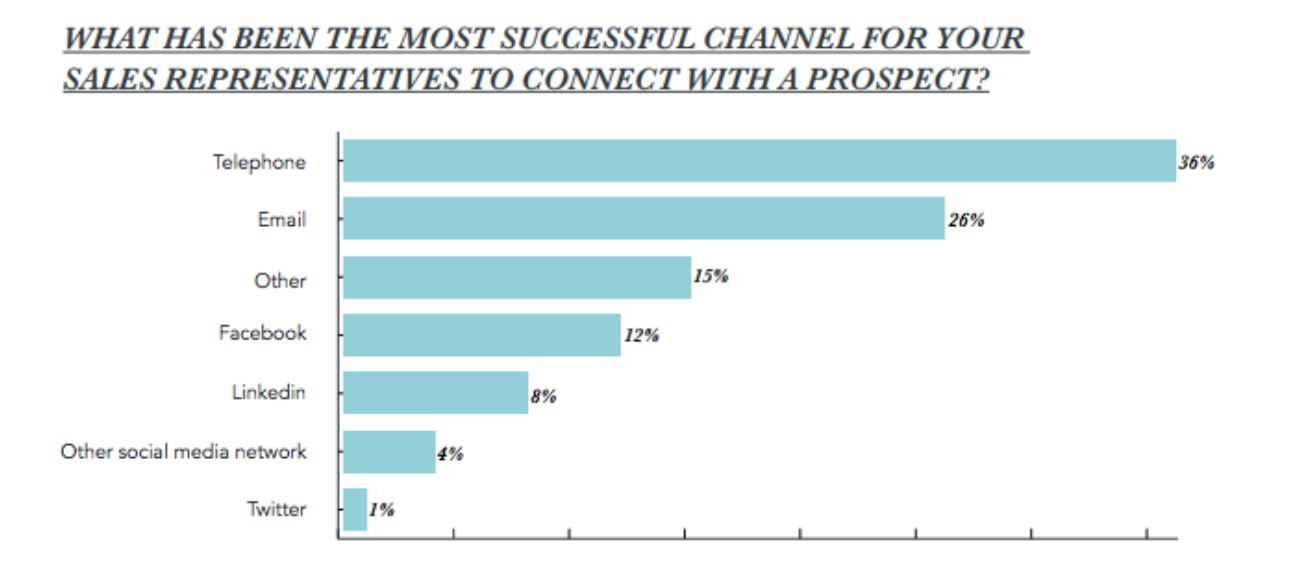
While email is a close second, nothing beats real human communication. Real human communication on the phone improves customer service markers like NPS, too. It’s a win-win.
The only problem is, most salespeople report that getting people on the phone in the first place is tough.
So, how do you overcome that? How do you get prospects to give you the time of day?
By making it all about them.
Make the process of scheduling a phone call easier. Allow them to pick a time that fits their schedule (and subsequently, yours as well). This can be done with multiple apps, like Calendly:
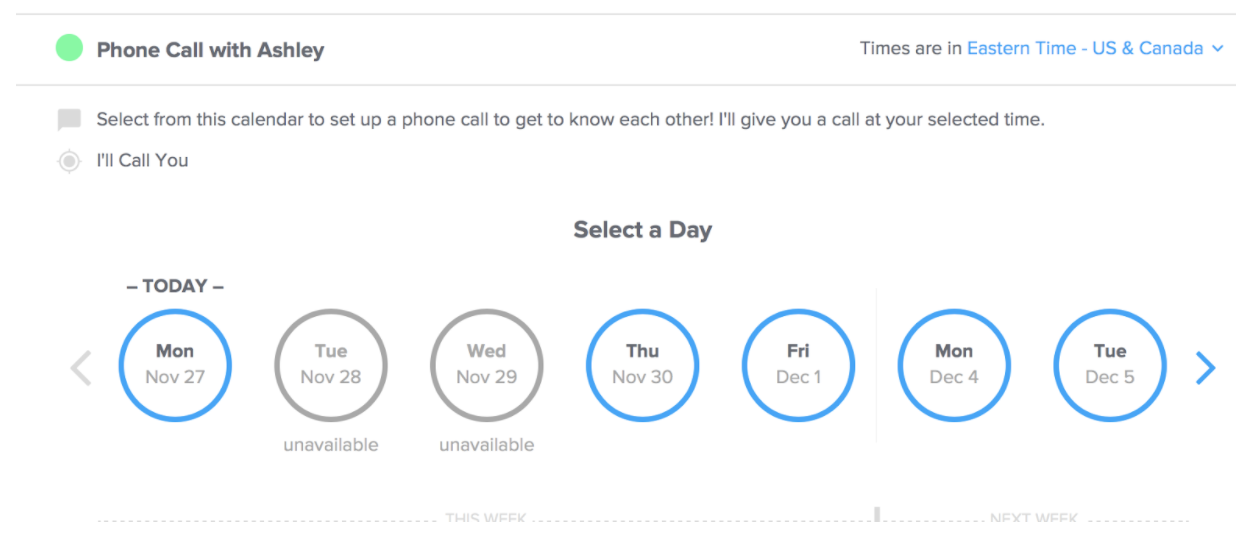
This will eliminate the tedious back and forth emails to find a time that works for both you and the prospect, improving the chances of landing a time.
When asking prospects to jump on a call, be sure you are making it all about them.
For example, when crafting an email, use data you’ve gathered from your CRM about their interests and tailor that into the messaging.
Here’s an example:
Hey [prospect], I know that you are frustrated with email templates and personalization. I’ve got a few ideas that I’ve tested with clients and found [insert real data point] with. I’d love to share them with you. Can we jump on a call? [insert calendar link]
When your messaging is focused on providing value to the prospect, they are far more likely to give you their time.
Avoid statements like:
- I’d love to jump on the phone to talk about our product
- Can we chat for 10 minutes to discuss how our product can benefit you?
These are generalized statements that demand action from the prospect without enough value to convince them.
After you’ve got them on the phone, it’s time to follow up.
Step 4. Follow Through With Custom Content and Offers
Lastly, if you just started a new blog, you will want to deliver custom content and personalized offers to your leads.
You can’t just expect leads to flip a light switch and convert on a dime.
They need a friendly, valuable nudge.
One fantastic way to do this is via lead magnets that are directly tied to your product or service, working to both provide value to the prospect and enhance your product as the solution.
According to Venngage’s 2019 Lead Gen study, these lead magnets had the most impact:
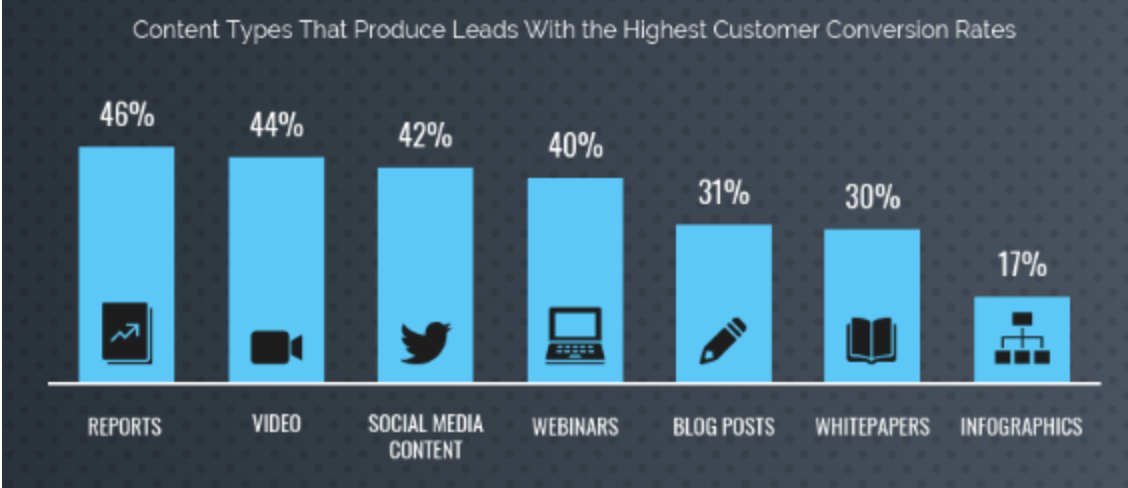
Custom reports can be a great way to highlight pain points for your leads and present your business as a solution.
Even simple graphics and content upgrades can get the job done. For example, check out this resume template lead magnet Freshdesk offers on a high-level post about customer service:
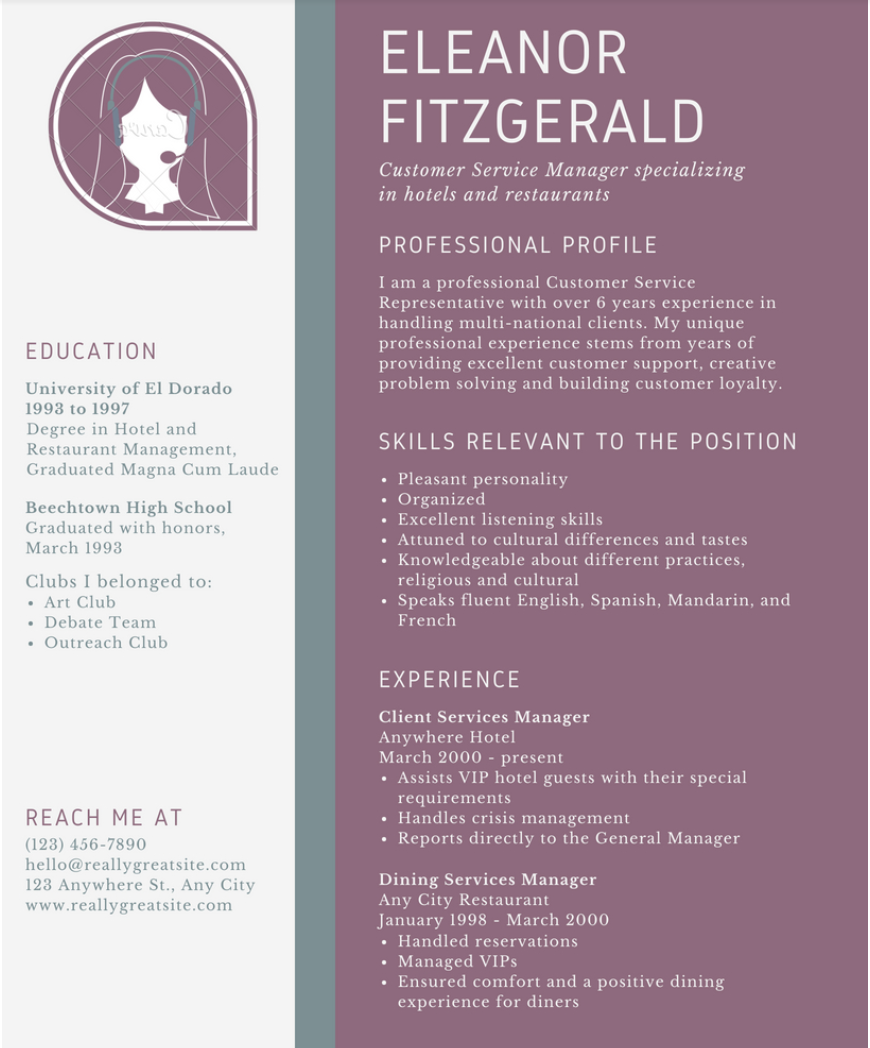
Being a brand centered around service, this is a home-run lead magnet that will bring in tons of qualified leads. 91% of consumers report they are more likely to buy from a brand they trust.
There are plenty of image editing tools to create lead magnets like this in just minutes, so you have no excuse!
For your top-tier leads from step one, you can take this strategy even further, treating each top-quality lead as a market of their own.
Optimizely used this strategy to target massive leads like Microsoft, personalizing entire landing pages, call to actions, and more:
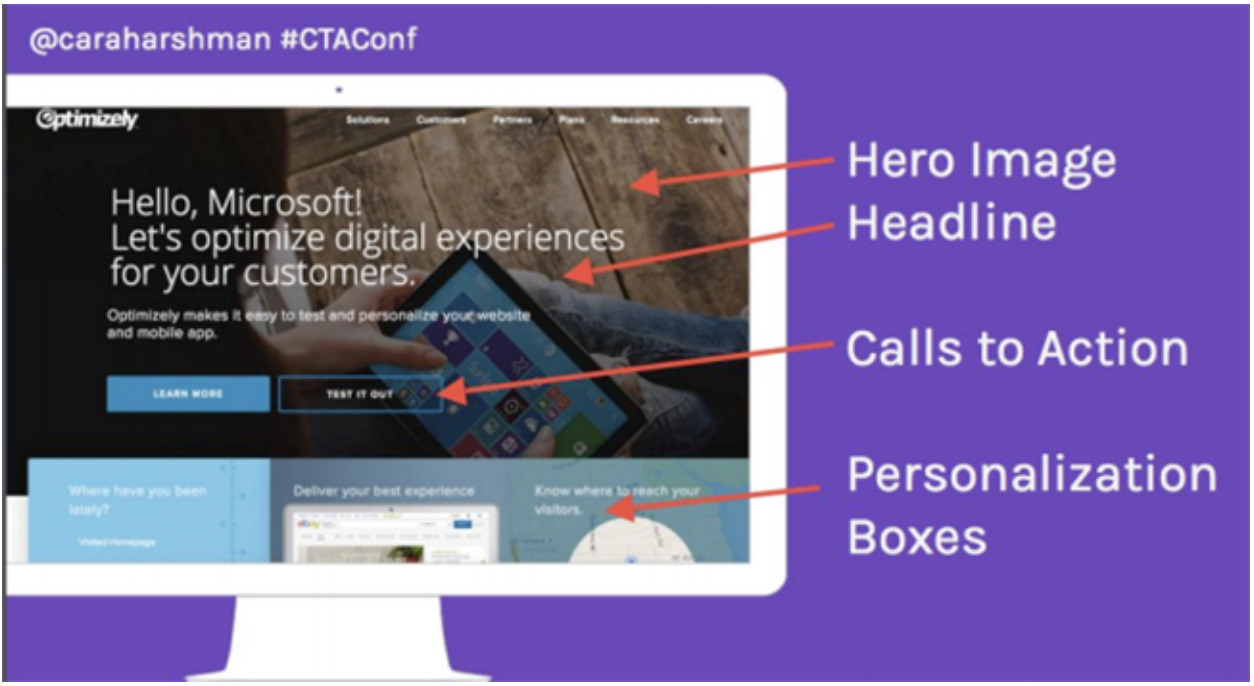
When following through with custom content, you can scale effort based on lead scoring.
Hotter leads that can potentially be huge clients for your business deserve the royal treatment.
Want to land Microsoft? You can’t be sending the bogus content. They need entire landing pages dedicated to the direct value for them.
Once you’ve sent your content or offer to prospects, monitor their interaction and engagements in your dashboard to see how they respond:
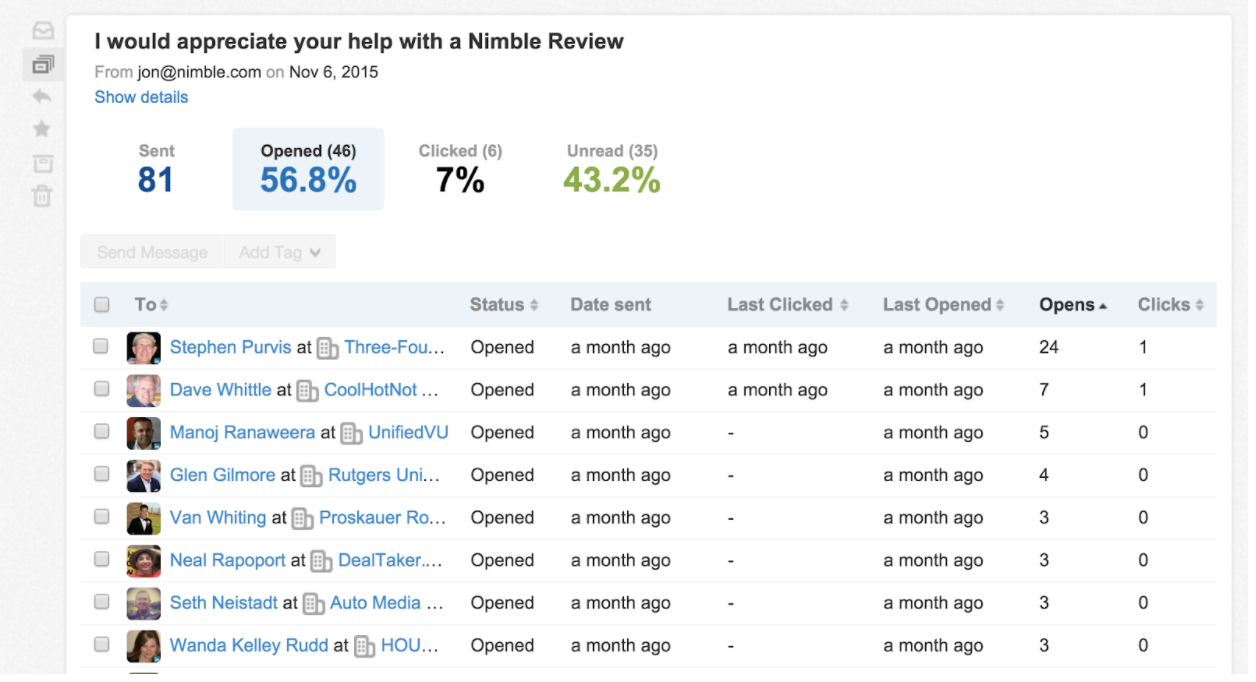
Make notes on prospect profiles that can help you understand what they liked and didn’t like.
Conclusion
Sales prospecting is a critical step in closing more leads and sales.
More often than not, leads slip out of your grasp due to one major issue: lack of information.
Whether it’s their desires, goals, needs, or wants, lack of information can lead to frustration for your leads, limiting their perceived value from your business.
And in today’s dog-eat-dog world, there are plenty of competitors waiting to take your spot.
Using a CRM you can start to close those gaps by being information aware, having all of the right data points at your fingertips to personalize campaigns and close deals.
Are you using a CRM for sales prospecting? If not, what are you waiting for?

